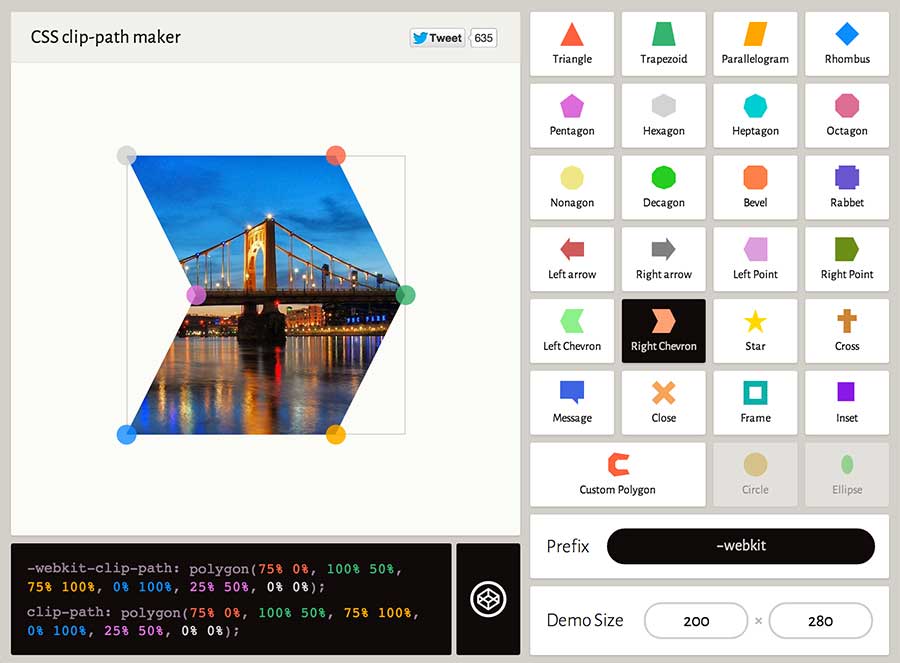

of this fable had also given the woman a more active role in the clipping. In patients with ruptured intracranial aneurysms suitable for both treatments, endovascular coiling is more likely to result in independent survival at 1 year than neurosurgical clipping the survival benefit continues for at least 7 years. effect among species and human social classes as all creatures in his art wear. The risk of epilepsy was substantially lower in patients allocated to endovascular treatment, but the risk of late rebleeding was higher. The early survival advantage was maintained for up to 7 years and was significant (log rank p=0.03). 250 (23.5%) of 1063 patients allocated to endovascular treatment were dead or dependent at 1 year, compared with 326 (30.9%) of 1055 patients allocated to neurosurgery, an absolute risk reduction of 7.4% (95% CI 3.6-11.2, p=0.0001). We report the 1-year outcomes for 1063 of 1073 patients allocated to endovascular treatment, and 1055 of 1070 patients allocated to neurosurgical treatment. Analysis was in accordance with the randomised treatment. Secondary outcomes included rebleeding from the treated aneurysm and risk of seizures.


The primary outcome was death or dependence at 1 year (defined by a modified Rankin scale of 3-6). Clip Studio Paint is also ideal for illustrators who specialize in linework. There's a thriving community of users who constantly contribute to the online materials library. The painting brushes are highly customizable and easy to use. They were randomly assigned to neurosurgical clipping (n=1070) or endovascular coiling (n=1073). Clip Studio Paint is optimized for drawing and painting, making it ideal for illustrators. Here we present clinical outcomes 1 year after treatment.Ģ143 patients with ruptured intracranial aneurysms, who were admitted to 42 neurosurgical centres, mainly in the UK and Europe, took part in the trial.
Clipping effect racerender trial#
We undertook a randomised, multicentre trial to compare these treatments in patients who were suitable for either treatment because the relative safety and efficacy of these approaches had not been established. Two types of treatment are being used for patients with ruptured intracranial aneurysms: endovascular detachable-coil treatment or craniotomy and clipping.


 0 kommentar(er)
0 kommentar(er)
